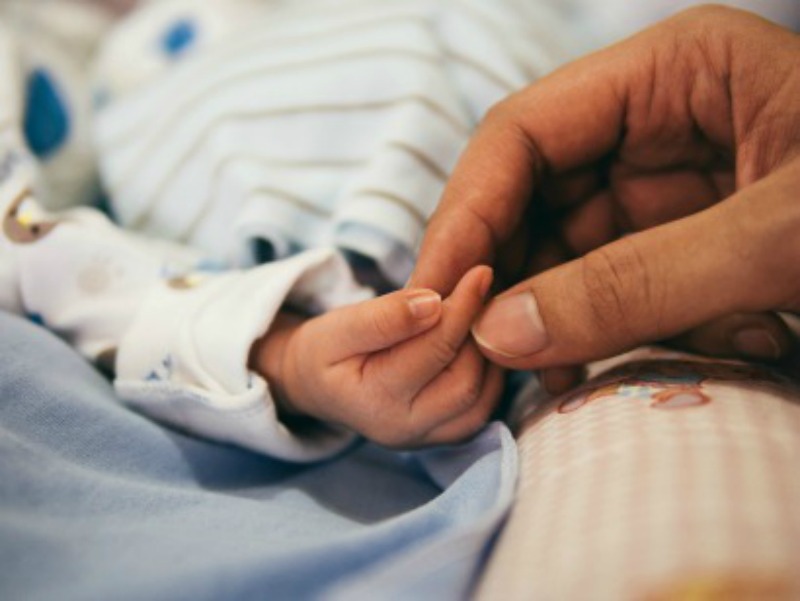
Severing Corollary Relief – What Is Involved?
Are you considering bringing an application to sever corollary relief or would you like to understand a bit more about this legal issue? Our skilled team of Calgary based lawyers have provided you with information on how to bring an application to sever corollary relief.
What Is Corollary Relief?
Corollary relief refers to the Court making an order pertaining to matters other than the divorce itself such as financial support, parenting and decision making responsibilities. In certain circumstances, parties are unable to come to a resolution with respect to these corollary relief matters and can seek leave from the court to sever these issues from the Divorce Judgment.
How to Sever Corollary Relief?
In bringing an application to sever corollary relief, you are essentially asking that the Justice allow you to move forward with your divorce, without having a finalized judgment with relation to the remaining outstanding issues, including spousal support, child support and parenting issues. In determining whether a Court will likely grant an application to sever corollary relief, the sole test used by the Court will be “Whether it is fair in the circumstances?”. The test itself gives a great deal of discretion and deference to the sitting Justice, and will ultimately depend on your specific facts of the case. Thus, it makes it difficult to accurately determine or predict whether or not it would likely be granted.
Case Law
Some case law suggests that as a legal custom, a divorce should not be severed where it is contested by the other party, if there are outstanding matters and there is no urgency to sever the matter. Although some case law suggests that the application should not be granted if there are any outstanding matters, a Court may still grant it where it wouldn’t seriously prejudice the spouse opposing the application, so long as there was a compelling reason to do so. For example, in one case, the Court granted the application but required that strict deadlines be put into place in order for it to go to trial should the outstanding issues not be resolved in a timely manner.
Even If Children Are Involved?
The analysis is a bit different where the parties have children of the marriage, because section 11(1)(b) under the Divorce Act places an additional burden on the Court to ensure that it can only order a severance of corollary relief where it is satisfied that reasonable arrangements have been made for the support of any children of the marriage. Thus, it appears from the case law, that there should be some sort of public policy need or compelling reason to grant the application, as well as a burden placed on the Applicant to prove that it would not severely prejudice the party opposing the application. Of course, as mentioned above, if children are involved, then the Court must also be satisfied that reasonable arrangements have been made for the support of the children.
Disclaimer: The content provided in the blog posts of Jones Divorce & Family Law is general information and should not be considered legal advice. Please contact a lawyer for legal advice tailored to your specific situation. All articles are current as of their original publication date.







